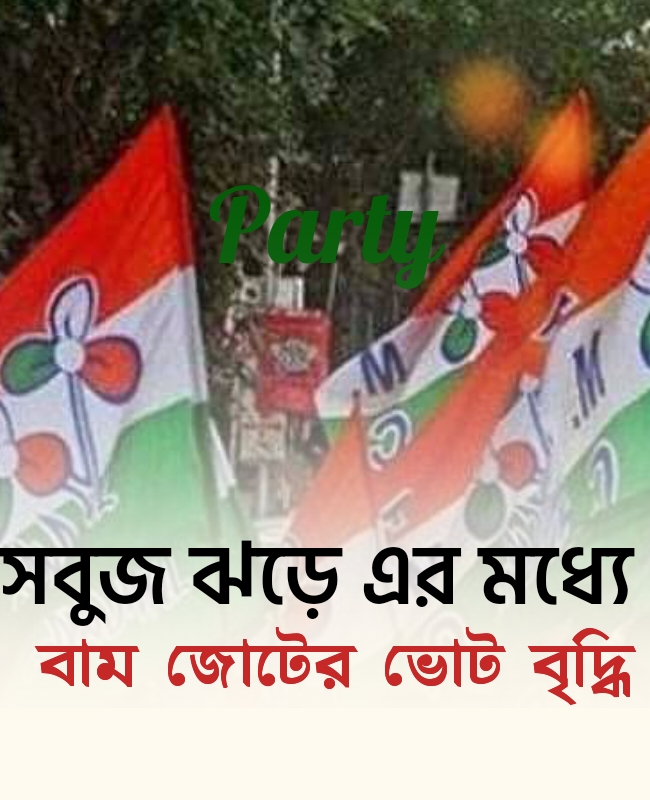How Long Must Women Wait for Liberty?
In 1917, a group of determined women known as the "Silent Sentinels" began a revolutionary protest at the White House gates. This interactive experience explores their pivotal year of struggle, sacrifice, and strategic pressure that changed the course of the women's suffrage movement in America. Explore the timeline below to see how their silent protest escalated into a national debate.
A Pivotal Year: 1917
The chart below provides a high-level overview of the key events of 1917. Click on any of the colored bars representing a significant event to jump directly to the section of the story that details what happened. This timeline serves as your guide to understanding the escalating intensity and strategic phases of the Sentinels' campaign throughout the year.
The Protest Begins (Jan 1917)
This section details the beginning of the Silent Sentinels' historic protest. Organized by Alice Paul and the National Woman's Party, these women initiated a groundbreaking, nonviolent demonstration, becoming the first group ever to picket the White House. Their goal was simple yet profound: to exert constant, visible pressure on President Woodrow Wilson to support a constitutional amendment for women's suffrage.
Day after day, hundreds of women stood silently, holding powerful banners with messages like, "Mr. President, what will you do for woman suffrage?" and "Mr. President, how long must women wait for liberty?" For months, their peaceful demonstration was tolerated, seen by many as a curious novelty in the capital's political landscape.
Stood guard at the White House gates daily.
Escalation & Arrests (Apr-Jun 1917)
The dynamic of the protest shifted dramatically with America's entry into World War I. This section explains how public perception turned against the suffragists and how the authorities' response escalated from tolerance to hostility. The Sentinels' patriotism was questioned, leading to mob violence and, eventually, their arrest on baseless charges.
A Change in Perception
With the U.S. entering WWI in April, the public mood soured. The Sentinels' continued protest was framed as disloyal and unpatriotic. Hostile mobs began to gather, tearing banners and assaulting the women as police looked on.
The First Arrests
On June 22, the police began arresting the protesters for "obstructing traffic." Given the choice to pay a fine or serve jail time, the women unanimously chose jail, refusing to acknowledge the legitimacy of the charges. This act of defiance marked a new, more brutal phase of their campaign.
Public Protest
WWI Entry
Hostile Mobs & Arrests
The "Night of Terror" (Nov 1917)
This section covers the harrowing climax of the Sentinels' imprisonment. After being sent to the Occoquan Workhouse, the women endured horrific conditions and systematic abuse. The events of November 14, 1917, known as the "Night of Terror," represent the brutal lengths to which authorities went to silence the movement, and the incredible resilience of the women who endured it.
Brutal Treatment
Guards beat, chained, and tormented the suffragists, inflicting serious injuries.
Hunger Strikes
In protest, Alice Paul and others began hunger strikes, and were brutally force-fed by their jailers.
Public Outrage
News of the abuse leaked to the press, shocking the nation and sparking widespread public outcry.
A Shift in the National Debate
The final section explores the profound impact of the Sentinels' sacrifice. The public outrage over their treatment, combined with their unwavering resolve, created immense political pressure. This section explains how their actions successfully shifted the national conversation, exposing the hypocrisy of a nation fighting for democracy abroad while denying it to its own female citizens.
"The government's brutal response to peaceful protest was seen as far more offensive than the protests themselves. The public outcry and the continued steadfastness of the women in prison ultimately put immense pressure on the Wilson administration."
This pressure was a critical turning point, paving the way for President Wilson's eventual support for the 19th Amendment.













